The other day, “Hidden Christian Sites in the Nagasaki Region’ (Nagasaki, Kumamoto Prefecture) were declared registrations to the World Cultural Heritage, Today is about “Shirakami-Sanchi” which was registered World Natural Heritage Site.
Shirakami-Sanchi (literally white god mountain area) has been registered as a World Natural Heritage Site, and since this is the 25th anniversary this year, I went to “Beech School” because a special lecture was held by the local guides of Shirakami-Sanchi.
Even if you go to Shirakami-Sanchi, the range is wide and it is said to be a generic name for the vast mountain range of about 130,000 ha spanning the northwest part of Akita Prefecture and the southwestern part of Aomori Prefecture. At “Beech School”, one person from Akita prefecture side gave lectures one by one from Aomori prefecture side, and the contents were very nice and I introduce.
First of all, about Shirakami-Sanchi.
Shirakami-Sanchi is a generic term for the vast mountainous area of about 130,000 ha spanning Akita prefecture and Aomori prefecture. The area 16,971 ha occupied by the original beech forest was registered in World Natural Heritage in December 1993.The reason why Shirakami-Sanchi was registered as a World Natural Heritage is that there are unprecedented beech forests that are rarely affected by human activity and are distributed on the largest scale in the world. In this natural beech forest, deciduous broad-leaved trees such as beech, mizunara, sawaglumi, etc. are distributed, rich vegetation is blessed, and in the whole Shirakami mountains including the area around the heritage, medium and large mammals such as Asian black bear, Japanese antelope, Japanese monkey, Birds of pregnancy such as eagle and bear tortoises, precious birds such as bear gall which is the biggest sized woodpecker in Japan are also inhabited. The whole Shirakami-Sanchi with abundant plants of the same species are exhibiting a museum environment.
(from Akita Shirakami Tabi Net (only in Japanese))
The guide from Akita prefecture side, Akita Shirakami Guide Association president Esami Saito
“Born as a grandfather of Matagi (traditional winter hunters in Tōhoku), a father of a woodcutter, He is familiar with the four seasons of the Fujisato area, and while guarding the valuable nature of the Shirakami-Sanchi, he guides easily understand to people who visit.”
The guide from from Aomori Prefecture side, Shirakami Matagi-Sha Yukio Koike
“Born in Kanagawa, entered Hirosaki University in 1988. Started climbing the Shirakami mountain in the exploration division, immigrated by the traditional culture of Matagi (traditional winter hunters in Tōhoku), active as a couple as a patrol member of the Shirakami-Sanchi world heritage region.”
The story of the two people who knew Shirakami-Sanchi area was very warm and given us a new perspective.
First of all, there are a few impressions left by the story of Mr. Saito.
Mr. Saito’s grandfather is a Matagi (a person who has technology and organization to capture large beasts such as bears, who have hunted as a living) and his father is a woodcutter, so that Mr. Saito is a genuine “mountain man”. Shirakami-Sanchi is not a sightseeing spot that is flashy and conspicuous like “so-called” sightseeing spot. Because the beech forest is a ordinary forest, so the local people seemed very surprised when the world natural heritage was registered. Well, where is this? with that feeling. The back mountain of their houses became a world heritage, it was like the impression that it looked like 🙂It seems it was registered as a world heritage because it is a place where the rustic pristine forest of untouched remains unspoiled as the local people’s reaction tells us. I hope it will be protected so that its original forest remains as it is registered.
Mr. Saito really liked the Shirakami-Sanchi and introduced us with a nice smile. Beech forest, shift of the four seasons, animals living there, feast of the mountain to be collected in autumn …. It seemed that time was not long enough. Every story was wonderful soon I became a fan of Shirakami-Sanchi, there were three things that I studied in particular.
The first is “Broccoli”
Mr. Saito expresses the beech forest of Shirakami-Sanchi as “Broccoli”. From the distance, it seems to be because the landscape where round green lumps are growing up looks like broccoli. And the reason why the whole is keeping the same height in a good condition while keeping balance is that if one grows hight, for example, it gets damaged by wind and lightning. This is also the mystery that the mountain naturally shapes.The second is “Beech forest in winter”
Every season has its facial expressions and all of them is wonderful, the beech forest in winter is also special and he taught me the wonders of nature. Only the branches remain in the winter beech forest where all the leaves fell. Looking up at such a time, he seems to have noticed the trees stretching branches sharing the space well. It seems that he was deeply impressed by the appearance that they share the space without truly superimposing.Thirdly, “Pleasure” of “Them”
Mr. Saito says the Shirakami-Sanchi “they”. “They keep harmony while maintaining nature and height” “They are in good hands over the space.” And it is “the season of their joy” in autumn. The Shirakami-Sanchi of autumn, which had unexpected beauty as a thing of this world, is an expression of their joy. The deep love and respect for Shirakami-Sanchi has been transmitted from the end of the word.Next, it remained in the impression in the story of Mr. Koike from Aomori Prefecture side.
The first is to “Tell”
He was born in Kanagawa prefecture and he chose Aomori’s university because it is nice place where there is snow in rural area. He belonged to the exploration department at the university, and at that time he met Matagi master. He is in active as a guide because he has thought that it is necessary to tell the teaching of Matagi master who are only two people to future generations now.The second is “Nature’s blessing”
It seems that the harvest is rich in Shirakami-Sanchi with untouched nature. First you don’t need water bottle. Because water springs everywhere, it seems that you can drink springs as soon as your throat dry. So, if you bring rice, it seems that water bottles are not needed because water is everywhere. Iwana (char) gets caught by hand and takes with bonfire. Mushrooms that can not be held. Wild vegetables and large wasabi. And a feast of bear hot pot. The more the audience said “Wow!”, he introduced the natural grace of each season.The third is “To be given”
Matagi is to work to capture the bear, but Mr. Koike expresses the bear as “to be given”. Never mind “get” or “hunt”, “to be given” or “to be gifted” from the mountains. It is very impressive to see that he said “We are given” many times, I felt something like deep respect for the Shirakami-Sanchi, then also as a person to succeed Matagi culture and pride.When listening to such a wonderful story of two people, I was fascinated by the Shirakami mountains immediately. I thought that I would like to go someday, but this must be planned soon!
Every moment is beautiful, there are many guides who love the Shirakami-Sanchi, and there are lots of delicious foods. How about going by all means?


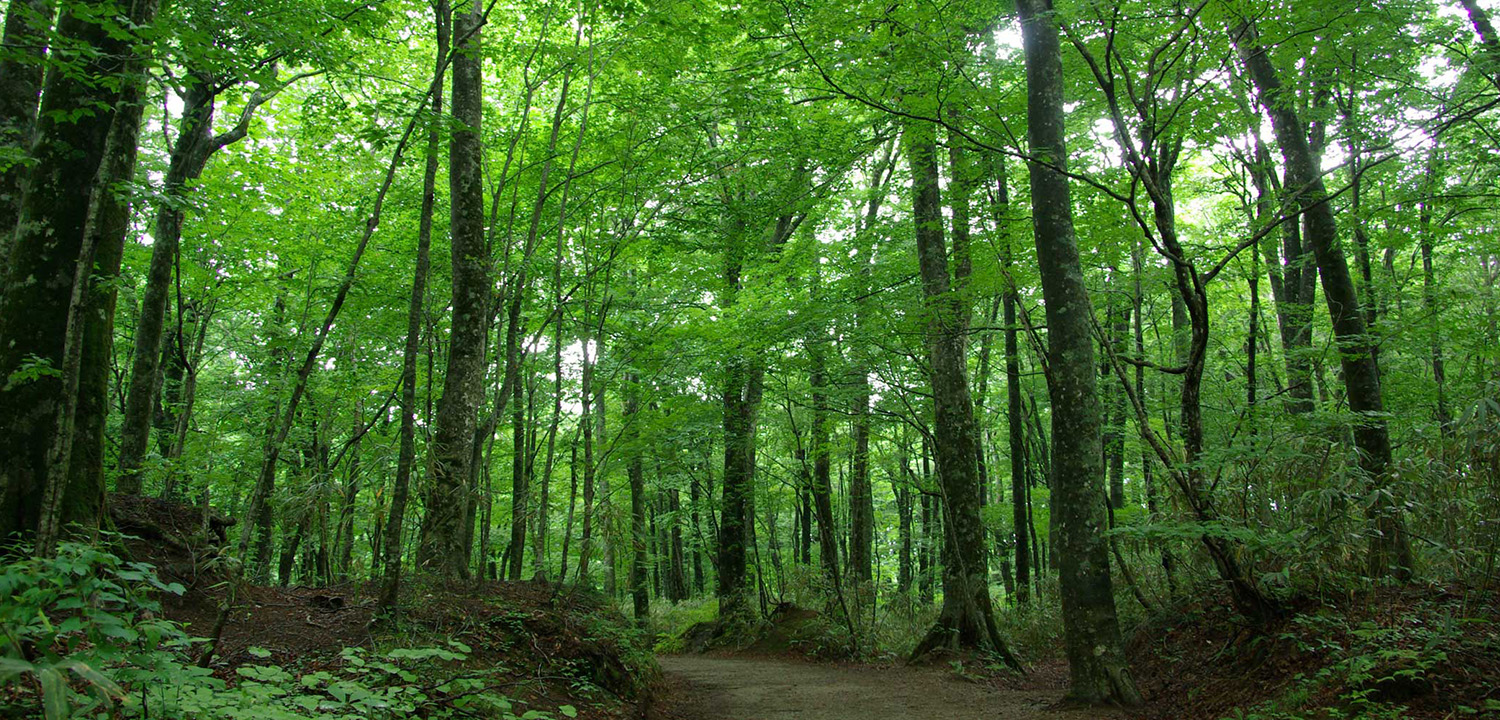
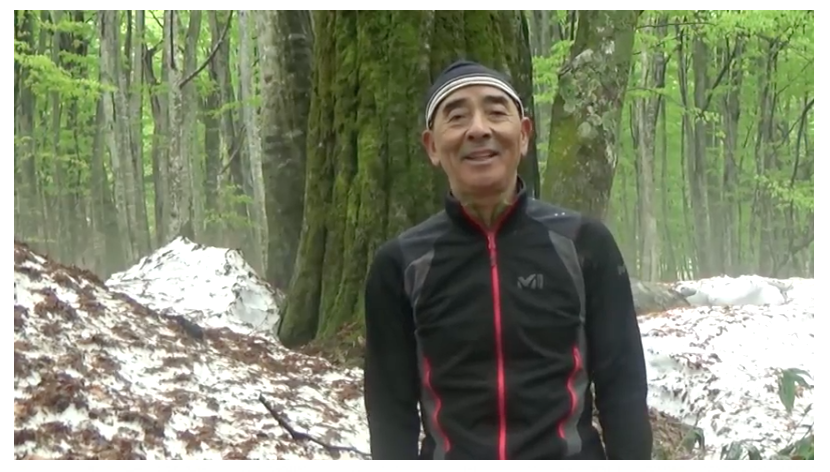
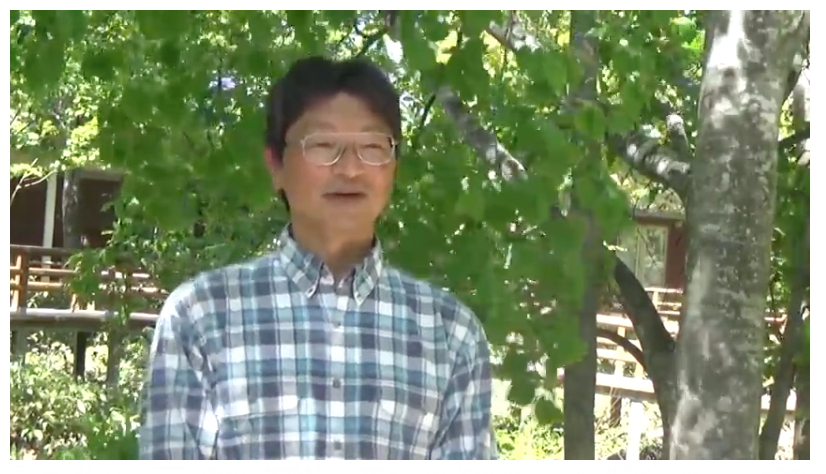

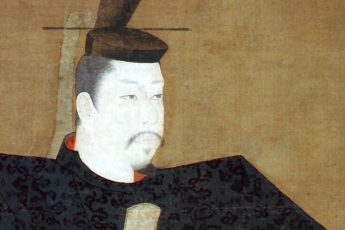
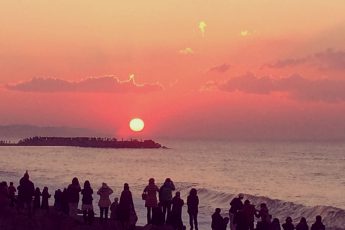
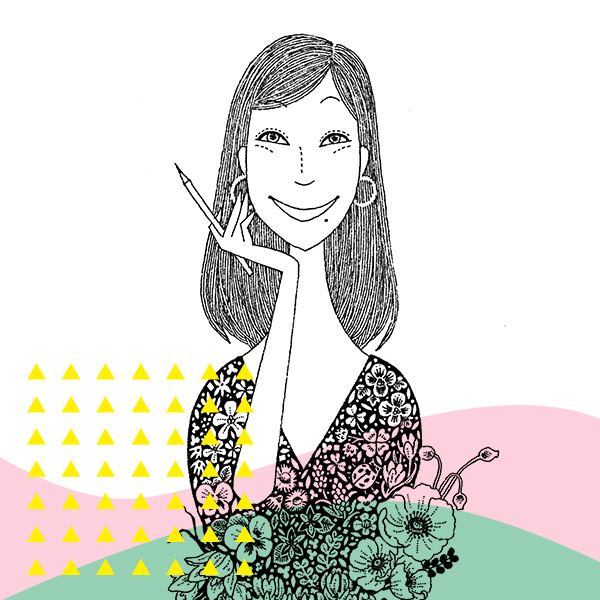

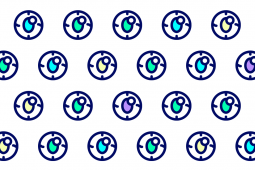

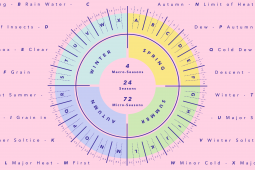
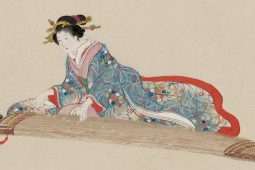

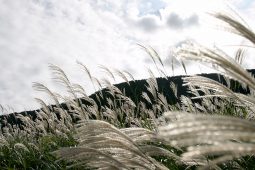
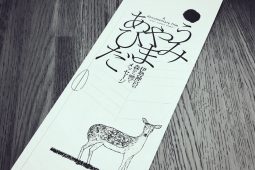


Leave a Comment